Like many people (and unlike many others) I have been enjoying the first season of Star Trek Discovery which came to an end this week after many months. Personally I’ve enjoyed the ride through an uneven but interesting installment of a franchise I’ve been following on and off basically since birth. I know there’s an entire legion of people, however, who have hated the show with a passion for various reasons, to the extent that I’ve seen it described as the most divisive Star Trek ever.
Much of the discourse has been related to different ideas of what Star Trek ‘should’ or ‘shouldn’t’ be. Interestingly, this question of identity reflects many of the show’s own themes in a way that highlights why this incarnation of Trek is (whether successful or not) a fascinating examination of both itself and its audience.
Full spoiler warnings and all that. I’m going to be discussing the entirety of Discovery’s first season, so don’t read on if you’re still to catch it.
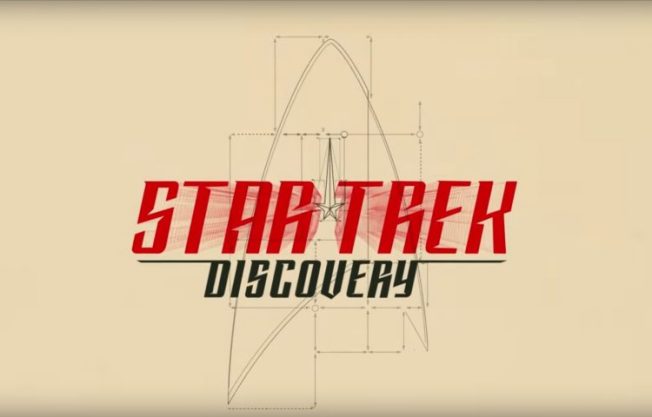
The opening credits hint at the theme of deconstruction and analysis.
Star Trek Discovery is, above all else, about identity. Klingons (whose design has been decried by many fans as not being faithful to their original look or first redesign) roar ‘Remain Klingon’ from the bridge of their ship of the dead, a huge warship adorned with the sarcophagi of their fallen comrades. They despise and fear Star Fleet whom they see as trying to dilute their identity, forcing them to conform and integrate themselves into what they see as a universal socialist empire. Star Fleet officers find themselves unable to agree on the role of their organisation and what actions are or aren’t acceptable during a time of war, often citing protocol and telling each other what is (or isn’t) the way Star Fleet should operate.
This has been a conversation that fans have (whether meaning to or not) been quite glad to get involved in. Much of the criticism against the show has revolved around fans’ expectations and demands of what a Star Trek show should look like. It doesn’t take long in any comment board to find instances of fans claiming that this isn’t ‘their’ Star Trek or that the characters don’t act as Star Fleet officers should, by which they mean they don’t act as characters from previous outings have. These sort of discussions are to be expected with such a well loved franchise and they are something that not only the show-runners expected but have relied on to aid the show’s narrative and to subvert the audience’s expectations of the show.
From the outset Discovery has been using the difference between the Federation, the Klingon Empire and the Terran Empire (as well as the opposing ideologies within each faction) to interrogate the social identity of the characters, us as viewers and of Star Trek itself. If Discovery seemed like it didn’t know what it wanted to be at first, that is because it has been questioning what it could be from the beginning.
Discovery’s story, in a nutshell, asks what happens when an inclusive, expansive society comes up against isolationism and nonconformity. At the same it looks at what happens in the opposite situation; if a person (or species) refuses to allow themselves be integrated (or perhaps assimilated, if you like the comparison) into this sort of conglomeration. In short, according to Discovery, they will come into conflict. Not just with each other but also with themselves, bastardizing and compromising their own ideologies. In the show this results in a war between the two species which is exacerbated by the in-fighting between the 24 Klingon houses. The war spreads engulfing everything in its path and wearing away the moral and ideological mentalities of everyone involved until no one’s sense of identity is left fully in tact.
This theme isn’t only explored in the series’ overall plot but also through each of its characters. The question of fractured ideology and damaged identity can be seen again and again through the many splintered personalities of the show’s cast. Each character represents and explores a different aspect of identity or the lack thereof.
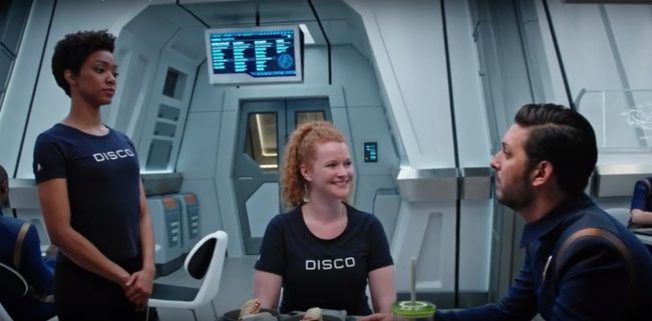
Identity Perception Crisis – The ‘Disco’ t-shirts were a smooth way to discourage fans from using the acronym ‘STD’.
Michael Burnham doesn’t know who she is. Raised by Vulcans she struggles with the logic-based philosophy she was brought up with and the emotions she’s always been told to suppress. Despite this, she had made her way into the a second-in-command position under the maternal guidance of Captain Philippa Georgiou. When this reality is pulled away from her, through both internal and external miscalculations, her identity is thrown into crisis. Lorca gives her a second chance but the damage has already been done and Michael no longer knows who she is and what her place in society should be anymore. Much of the series is focused on the journey Michael takes in rediscovering herself.
As a complete counterpoint to Michael, Lorca knows very well who he is but it turns out that he is not who he says he is. Considering he is the captain of the Discovery (a role that has typically acted as figurehead in previous Trek outings) this deception colours the entire series until its reveal and has deep implications for Michael as well as every other character. To further explore the theme of hidden, mistaken or withheld identity we also have Empress Georgiou, Captain Philippa’s mirror universe double, who is physically not the person she was despite how much Michael (and the audience) want her to be.
Even the characters who are more secure in their identities are made to question it throughout the series. Saru knows who he is but is constantly challenged by his nature and even has a complete personality flip at one point. Ensign Tilly must act unlike herself in the guise of Captain Killy. Stamets must confront his doppelganger. The entire crew must, in the end, confront Lorca and measure the man he is against the man they thought he was, while weighing the validity of his words that he forged their collective identity, making them the tight-knit group of fighters they are by the end.
All these character interactions are a deeper, multifaceted exploration of the show’s wider question of identity. But of course, the rabbit hole goes even deeper and so does Discovery, honing in further on the fractured personality of one character; Taylor/Voq. This character is the most complex examination of fractured identity in the show but also has another function. Rather than simply provoking more questions it is through this character that Discovery begins searching for an answer.
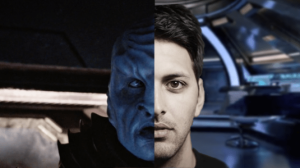 Taylor/Voq is a representation of what happens when two opposing ideas or ideologies are jammed together carelessly. Like the larger social and political framework, the result is confused, messy and desperate. Voq tries to claw his way out of Taylor’s body while Taylor himself begs for help understanding who and what he is. The two personalities can’t find a unified state. It’s like trying to forge a Hegelian synthesis from a thesis and antithesis that have been lain on top of each other but not given the chance to interact properly.
Taylor/Voq is a representation of what happens when two opposing ideas or ideologies are jammed together carelessly. Like the larger social and political framework, the result is confused, messy and desperate. Voq tries to claw his way out of Taylor’s body while Taylor himself begs for help understanding who and what he is. The two personalities can’t find a unified state. It’s like trying to forge a Hegelian synthesis from a thesis and antithesis that have been lain on top of each other but not given the chance to interact properly.
It’s what happens when left-wing radicalism meets right. Neither side wants to give way to the other and they’re unable (or unwilling) to see each others’ point of view. The result is chaos and aggression, and before long, both sides, although different in principle, begin to resemble one another. Each ideology begins using the others jargon and the same hateful rhetoric can be seen from each side, just inverted.
An example of this can be taken from Trek fans themselves and the way so many people have reacted to the show. A very vocal contingent of the audience has decried its use of diversity in casting. I’ve heard it said that the inclusion of women of colour and a gay couple as main characters is a result of ‘Social Justice Warrior’ mentality. Others, while acknowledging its positive contribution in this area, have called faul of the series’ darker, grittier and more violent tone in comparison to its predecessors, calling for a return to a more wholesome and faithful vision. Others still will defend it blindly, stating that Trek has always pushed boundaries and only looks blindly optimistic (possibly naively so) in retrospect. There are a lot of rage-filled message boards but not a lot of genuine conversation on the matter, or certainly not on the surface anyway. There definitely seems to be a ‘for or against’ mentality when it comes to the show which doesn’t leave much room for discussion and seems to mirror how a lot of political discourse takes place on the internet currently.
Most of Discovery’s criticism is wrapped up in the questions of what Star Trek ‘is’ or ‘should be’. There seems to be a disconnect between what Trek’s place in the world was and what it is now. This is exacerbated by the fact that when reading reviews of the show form pop culture websites such as io9 or gamesradar+ we seem to be getting a discourse about what the writer thinks the show should be rather than what it actually is. One gets the sense that these reviewers had decided on their opinion of the show long before it even premiered and as such the reviews become much less about the show and more about the reviewers themselves. Very few discussions about the show are able to reach a mutual understanding or even acknowledgment of each others’ opinions. Star Trek Discovery is either brilliant, embodying the true values of Roddenbury’s boundary pushing epic or awful, an insult to the series’ legacy and a product of contemporary television’s obsession with ‘grit’. The truth, of course, is probably somewhere in b etween.
etween.
Because of all the contrary opinions before the project had even taken off, the showrunners had a lot to consider. Not just regarding the story, design and style of the show, but also its politics, ideals and how it should approach them.
I think Taylor/Voq is what Star Trek Discovery might have looked were it not given the time to explore its place in the world: Retro, nostalgia-laden optimism pasted over an adverse sociopolitical climate and thrown into a more cynical and exploitative televisual landscape. It most likely wouldn’t have worked. But through Taylor/Voq’s suffering the show is able to begin reconciling its vision with its ideology and history. Taylor looks good to begin with, he’s tough, charming and has heart, but as time goes by the cracks start to show. He’s damaged, lost and, worst of all, it turns out he is not what he thought he was, what he wants to be or what he ‘should’ be. It’s a struggle Star Trek Discovery was always going to have.
When Voq’s previous second-in-command, L’rell, finally agrees to work with Star Fleet doctors to help him we begin to see a more real synthesis. Through a mutual love for the confused mess that is Taylor/Voq they put aside their radical ideologies and work together to save whatever identity is left in him. It’s the first real compromise on both sides and a sign that it is possible to forge a relationship between these two identities, both Tayor and Voq as well as Star Fleet and the Klingon Empire. It’s this compromise which will eventually lead to the end of the war which is neither won nor lost, but firmly seated in compromise.
Before they can get to this point though, the crew of the Discovery find themselves in the Mirror Universe during the second half of the series. Here they are forced to see their organisation reflected through a lens of race-hate and opportunism, in the form of the Terran Empire. Unfortunately, the reality they see isn’t so far away from that of their own universe and, in some ways, even closer to our own. The darkness witnessed there is the kind of darkness found in all humanity.
Jasen Issacs said, of the Mirror Universe:
How different are any of us from the Mirror version of ourselves? […] This particular administration in America has brought some of the ugliest parts of human nature out from in the shadows.
[…] What Ted (Sullivan, co-executive producer of the show) did, which I thought was so brilliant, is make [the Mirror Universe] not that far from us. So, it is a world where people are slightly more Darwinian. That whole “Make the Empire glorious again” and not all races are equal. We worked hard on that speech that Lorca gives to make it not that far from the way many people around us think.
In Star Trek Discovery all universes, all beings and all identities are bound together through the Mycelial Network; the roots that hold all of creation together. This shows that all these differing ideologies are intertwined and closer in kind than each would care to admit. It’s important that Lorca’s slogan ‘make the Empire great again’ is not a far cry from the Klingon’s ‘remain Klingon’, and both have very clear real world counterparts. The implication is that our own universe is also part of this network and Discovery hopes, as does all good science fiction, to act as our own mirror universe.
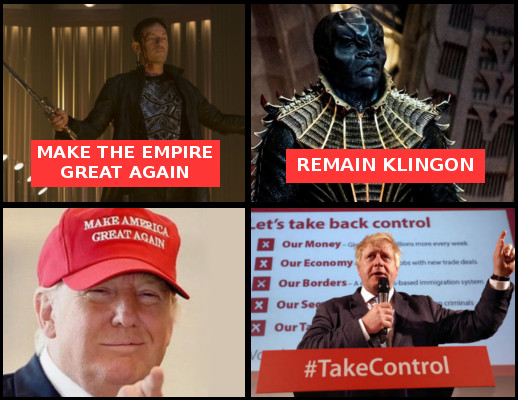
It is in Discovery’s Mirror Universe, the realm of literal and metaphorical self reflection, that the crew finally come to see themselves for who they are, who they could be and who they must aspire to become. This is all put into words by Saru in the engineering room where he speaks to the crew in what is much less an address and more a meeting. He says speaks about releasing themselves from their confused and fearful past by stating ‘Lorca abused our idealism. But make no mistake, Discovery is no longer Lorca’s, she is ours, and this will be her maiden voyage.’ The scene is a direct reversal of an earlier moment in which Lorca stands in the same room and announces that the ship was ‘not a democracy’.
It’s from the moment of Saru’s speech that the characters start to embody the true ideals of the Federation and we begin to see the original utopian ideals Trek is famous for. It’s no accident that one of the last lines spoken in the mirror universe arc is; ‘That is who Star Fleet is. That is who I am.’
This becomes a mantra of sorts and is constantly repeated throughout the final two episodes and culminates in Michael’s speech in which it becomes a kind of manifesto for the show.
In the end of the Mirror Universe arc the merging and fixing of the show’s fractured identities is reaffirmed as the crew make their way back to their original universe through the Mycelial Network and ‘the clearing in the forest’; a moment of quiet introspection where you can see the world around you and your place in it without being ‘among the trees’, as it were.
Of course, on their return, not all is as it should be and the crew instantly come up against yet another crisis and are forced to stand by their newfound sense of identity even when other member’s of Star Fleet bend under the pressure, allowing themselves to stoop to ever lower depths in desperation. But the crew of the Discovery have leant and grown throughout their journey. They have not only interrogated but embodied the ideals of Star Fleet and it is their confidence in who they must be that paves the way for true change and for the future of not just the show’s world but for the show itself.
After everything has been said and done, Michael puts into words the show’s statement of intent:
No, we will not take shortcuts on the path to righteousness. No, we will not break the rules that protect us from our basest instincts. No, we will not allow desperation to destroy moral authority. I am guilty of all these things. Some say in life there are no second chances. Experience tells me that this is true but we can only look forward. We have to be torchbearers. Casting the light so we may see our path to lasting peace. We will continue exploring, discovering new worlds and civilisations. Yes, that is the United Federation of Planets. Yes, that is Star Fleet. Yes, that is who we are and who we will always be.
Star Trek Discovery is a strange show that takes many risks both in terms of its story and as a show. It relies heavily on a novel-like structure more than many shows I’ve seen that may still be serialised but not novelistic. The show’s first half is much grimmer and more pessimistic than that of its second and the writers ran the risk of alienating much of the audience who didn’t want to see such things from the classic franchise. But the show needed that time to interrogate its own identity, asking what place Star Trek has and what form it should take in a world that seems to be turning its back on Utopian ideals. By testing its characters (and its audience) morally and intellectually it has endeavoured to justify its own existence in our current political, social and televisual climate. Michael’s final speech sums up the series investigation and its discoveries. Now it knows what it is and who its Federation is, the show can start working towards reaching the goal of creating a believable, honest vision of utopia that is relevant to today’s audience.
Ted Sullivan said about Saru’s speech;
We get it. We believe in Star Trek and Starfleet too. We just had to go through this journey of twelve episodes.
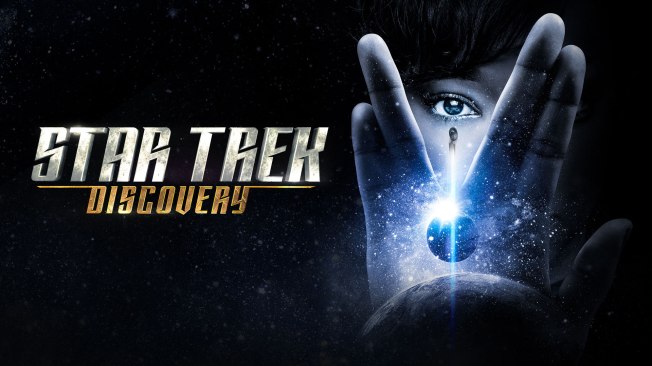
Live long and prosper
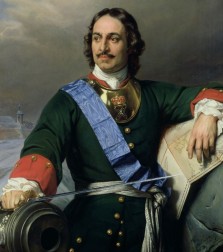
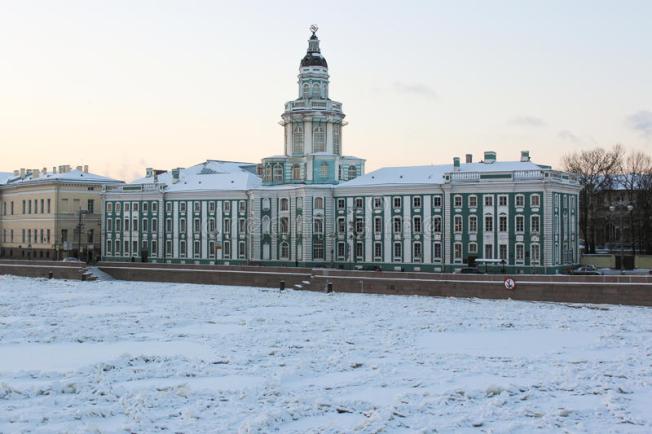
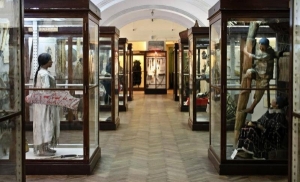 The first few floors of the museum are dedicated to the anthropology and ethnology collections. Most, if not all, major cultures are represented here in huge floor to ceiling glass cabinets that house tools, weapons, clothes, crafts and an endless assortment of other artifacts. The displays are
The first few floors of the museum are dedicated to the anthropology and ethnology collections. Most, if not all, major cultures are represented here in huge floor to ceiling glass cabinets that house tools, weapons, clothes, crafts and an endless assortment of other artifacts. The displays are 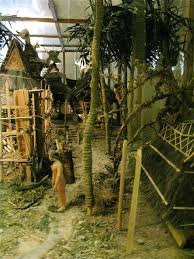 organised in such a way as to give a sense of life. Manquines are positioned and dressed in day to day postures and all related objects are arranged around them. The result can seem less like a display and more like an artist’s impression. The scope of the museum seems endless and although the displays are relatively compact they’re dense with information and things to see. Among my favorite displays were a section on oral hygiene in African tribes, a discourse on kathakali Theatre and a miniature reconstruction of a traditional Indonesian Village.
organised in such a way as to give a sense of life. Manquines are positioned and dressed in day to day postures and all related objects are arranged around them. The result can seem less like a display and more like an artist’s impression. The scope of the museum seems endless and although the displays are relatively compact they’re dense with information and things to see. Among my favorite displays were a section on oral hygiene in African tribes, a discourse on kathakali Theatre and a miniature reconstruction of a traditional Indonesian Village.
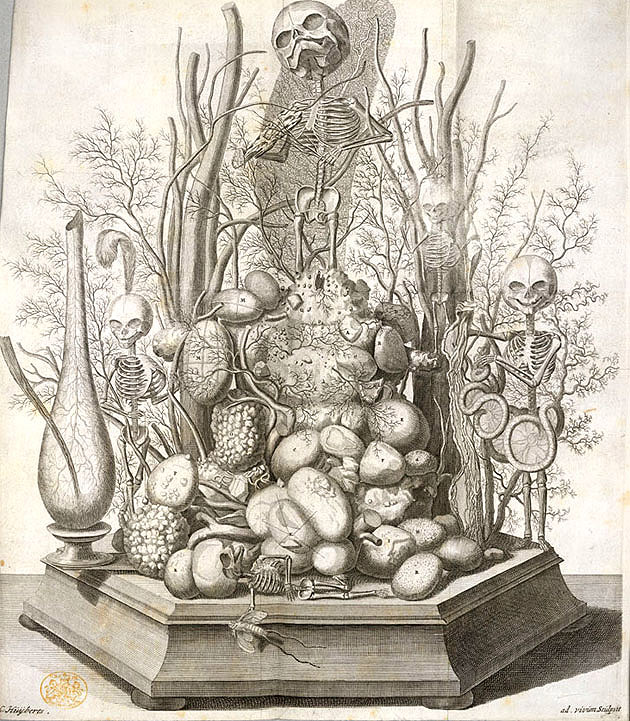
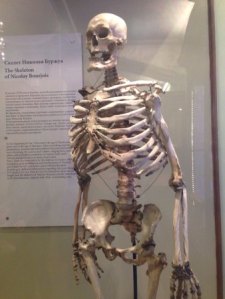 Not everything in the collection necessarily adhires to this noble goal but more to the time’s obsession with abnormal bodies as fashion. Proudly displayed are the skeleton and heart of Peter’s favourite giant Nikolay Bourjois. The heart, I kid you not, is as large as my head.
Not everything in the collection necessarily adhires to this noble goal but more to the time’s obsession with abnormal bodies as fashion. Proudly displayed are the skeleton and heart of Peter’s favourite giant Nikolay Bourjois. The heart, I kid you not, is as large as my head.




 Taylor/Voq is a representation of what happens when two opposing ideas or ideologies are jammed together carelessly. Like the larger social and political framework, the result is confused, messy and desperate. Voq tries to claw his way out of Taylor’s body while Taylor himself begs for help understanding who and what he is. The two personalities can’t find a unified state. It’s like trying to forge a Hegelian synthesis from a thesis and antithesis that have been lain on top of each other but not given the chance to interact properly.
Taylor/Voq is a representation of what happens when two opposing ideas or ideologies are jammed together carelessly. Like the larger social and political framework, the result is confused, messy and desperate. Voq tries to claw his way out of Taylor’s body while Taylor himself begs for help understanding who and what he is. The two personalities can’t find a unified state. It’s like trying to forge a Hegelian synthesis from a thesis and antithesis that have been lain on top of each other but not given the chance to interact properly. etween.
etween.

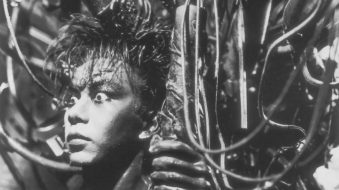
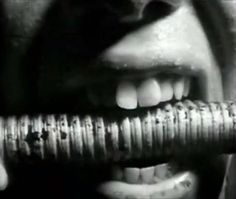
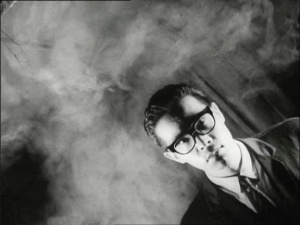
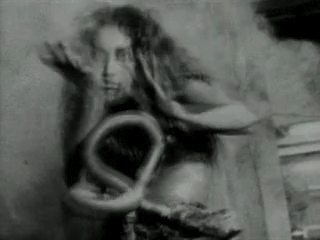
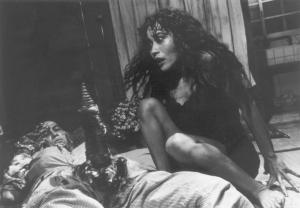
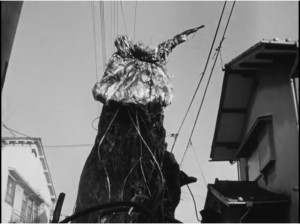
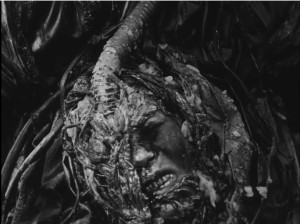
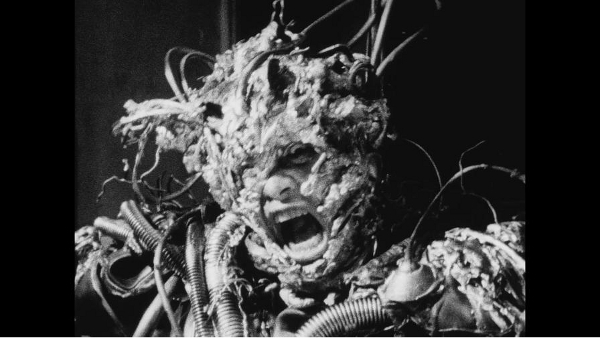
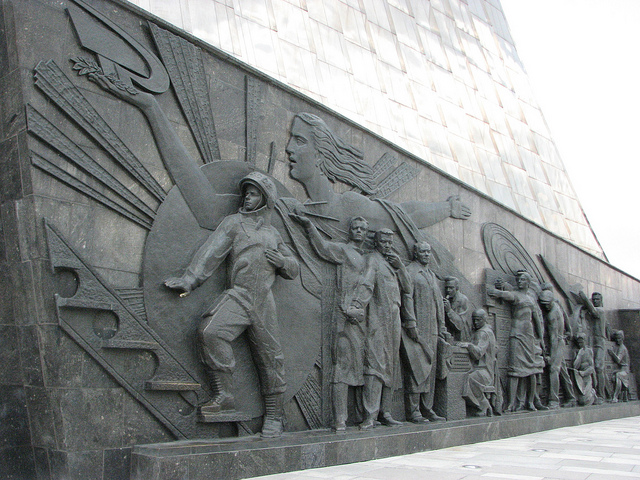
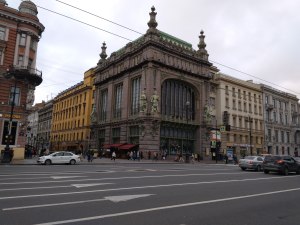
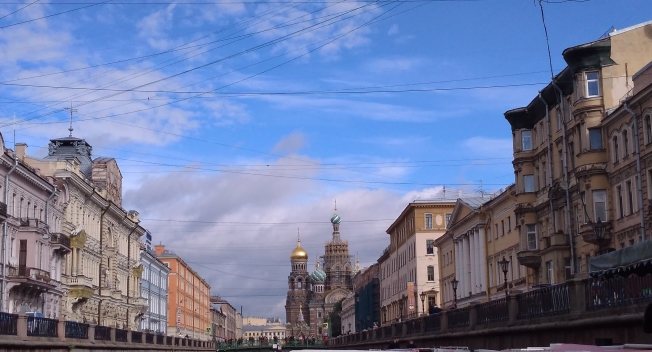
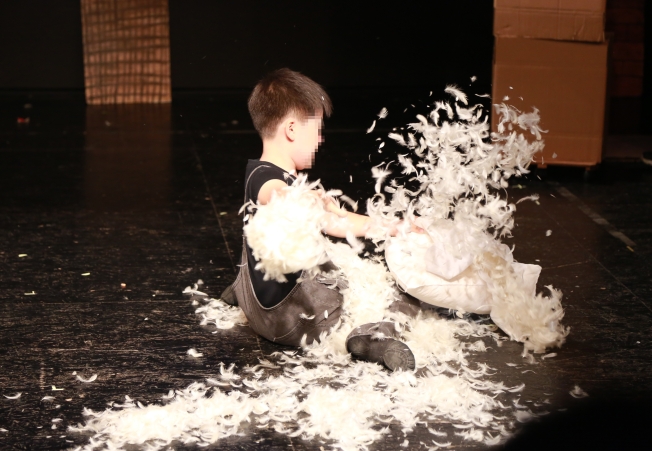
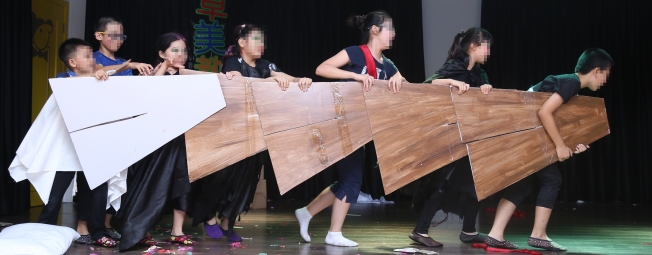
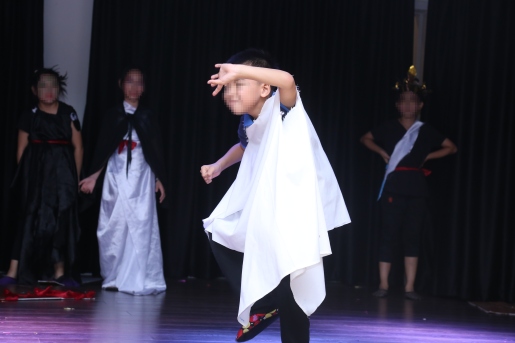
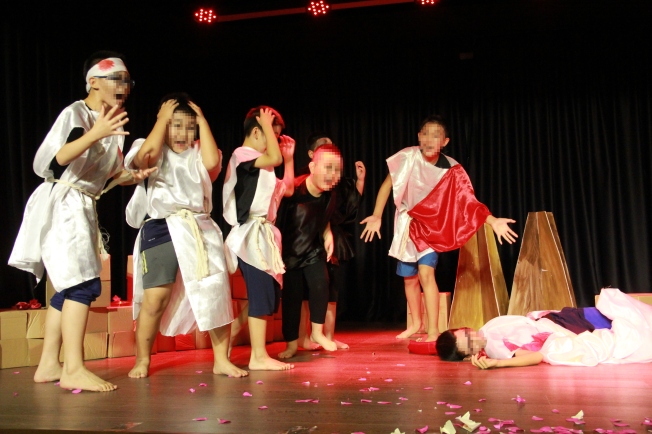
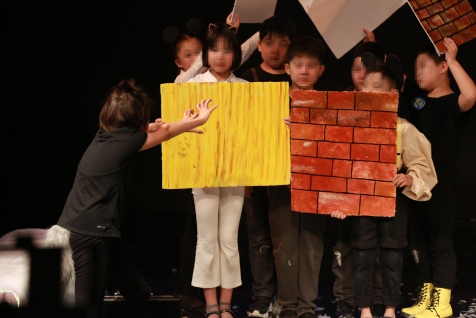
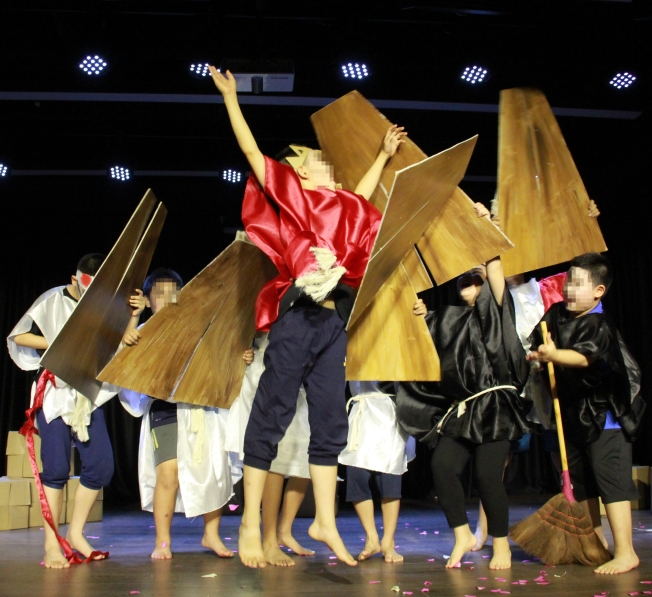
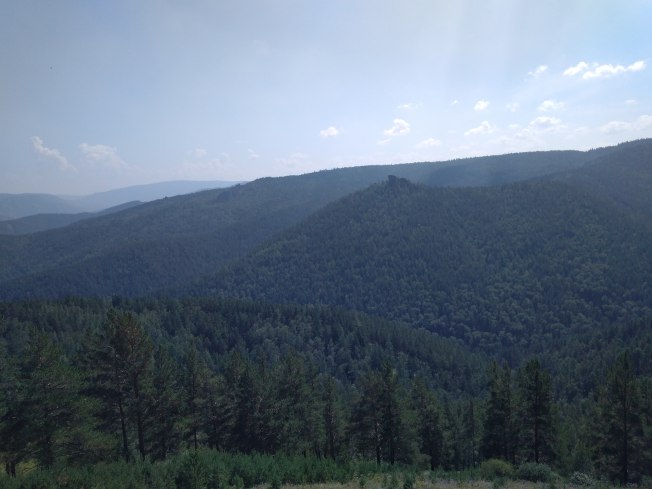
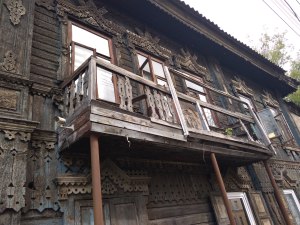 I remember that during my trip to Moscow several years ago the thing I was the most impressed with were the sculptures and the same can be said for Krasnoyarsk, although the wooden houses are a close second here. In particular there is one sculpture that really set my imagination on fire. Called the ‘Rivers of Siberia’ it portrays the main river, Enisei (
I remember that during my trip to Moscow several years ago the thing I was the most impressed with were the sculptures and the same can be said for Krasnoyarsk, although the wooden houses are a close second here. In particular there is one sculpture that really set my imagination on fire. Called the ‘Rivers of Siberia’ it portrays the main river, Enisei (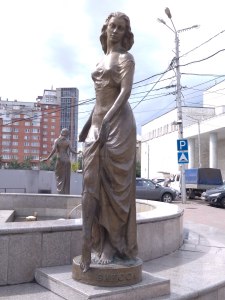 as gorgeous, ethereal Siberian women, which flow into Enisei. It’s a wonderful piece that, even though the water feature wasn’t working, set my mind racing. What’s better is that you can turn around and see Enisei right there in front of you, in all his glory. And he is glorious. A massive body of water which flows right through the city, big enough to house a few small islands, one of which has become a popular meeting place for families and young people. Here, at this time of year, people meet to skate, bike and walk among the comically tame wild gophers. It’s not technically a huge city park, but that is what it felt like.
as gorgeous, ethereal Siberian women, which flow into Enisei. It’s a wonderful piece that, even though the water feature wasn’t working, set my mind racing. What’s better is that you can turn around and see Enisei right there in front of you, in all his glory. And he is glorious. A massive body of water which flows right through the city, big enough to house a few small islands, one of which has become a popular meeting place for families and young people. Here, at this time of year, people meet to skate, bike and walk among the comically tame wild gophers. It’s not technically a huge city park, but that is what it felt like.

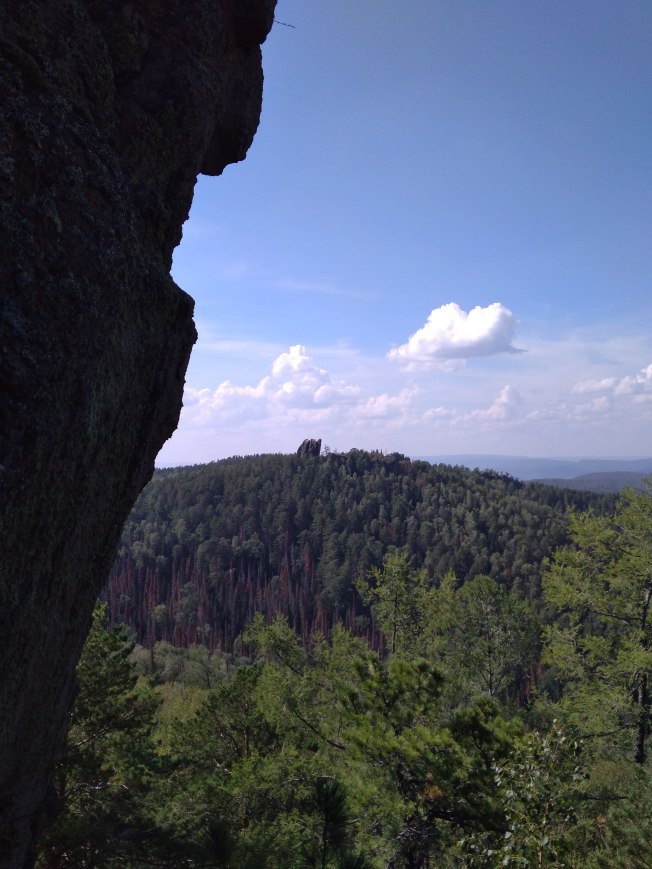
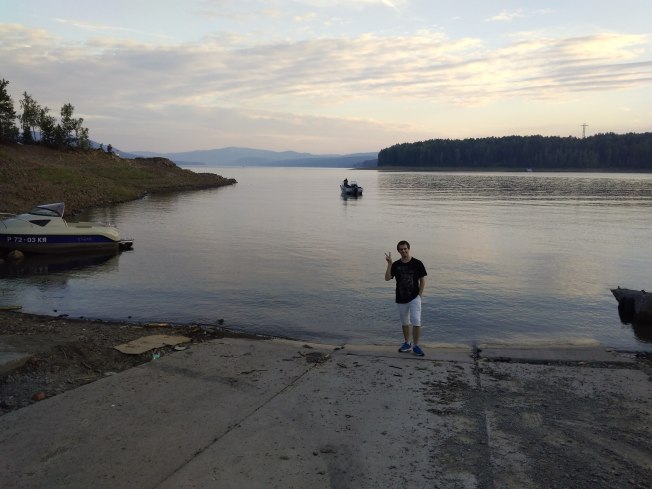
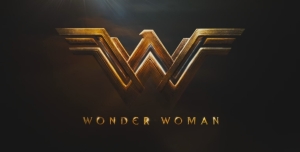
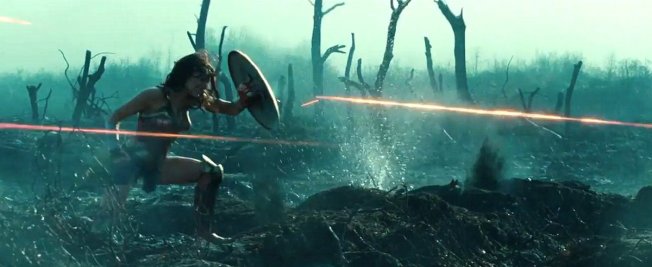
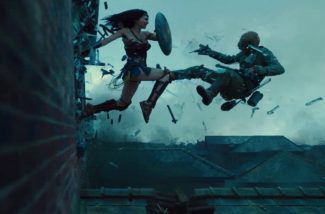
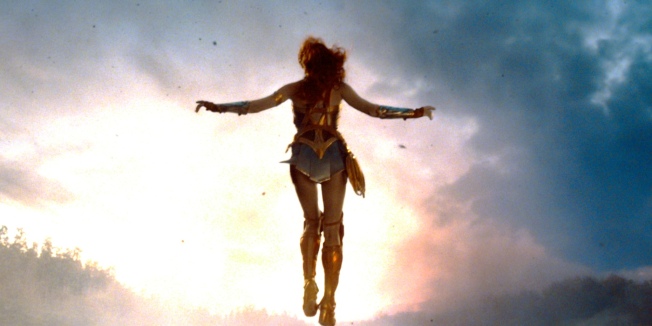
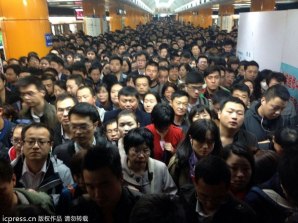

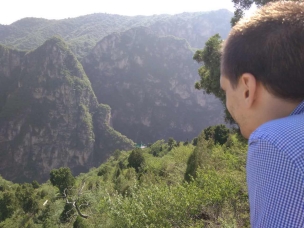 My last update on this blog was posted about three years ago. I stopped writing because I suffered a blow to my self-confidence.
My last update on this blog was posted about three years ago. I stopped writing because I suffered a blow to my self-confidence.